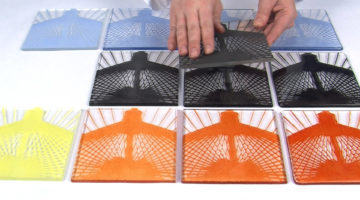
Powder Printing L059
Powder printing allows artists to produce archival images on glass with a range of colors, textures, and layers of transparency. This lesson is based on Stacy Lynn Smith's approach to powder printing.

Powder printing allows artists to produce archival images on glass with a range of colors, textures, and layers of transparency. This lesson is based on Stacy Lynn Smith's approach to powder printing.
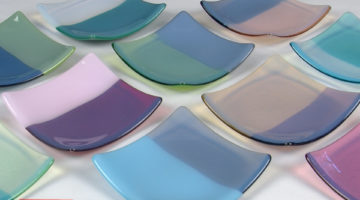
Opaline sheet glass has great potential to expand the color palette in kilnforming because it has the ability to create new colors with distinct properties. Learn more about using Opaline in this lesson.
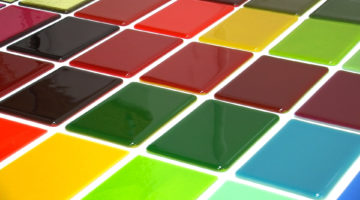
In this lesson, learn to create a broad array of hues for use in kiln-glass projects by firing two different colors of sheet glass together.
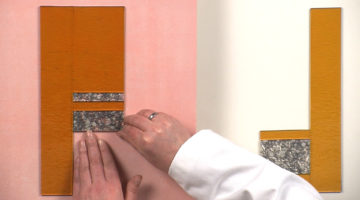
What should you expect when the part sheet is thicker than 3mm or if the surface is bumpy and irregular? Learn how to navigate these design choices in this lesson.
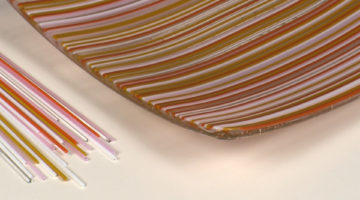
In this project-based lesson, we’ll make a basic plate with a line-based design. Using 2mm stringer and 3mm sheet glass,
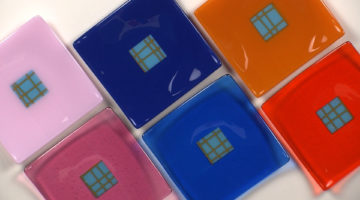
Explore ways to work with part sheets and use them as design elements.
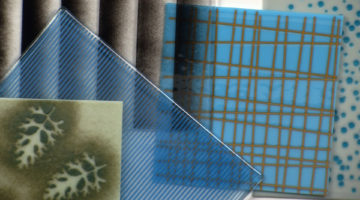
Making part sheets is like making your own fabrics for quilting - in this lesson you will learn techniques for making different kinds of part sheets and guidelines for firing them.
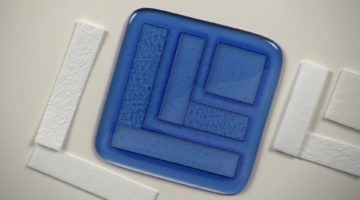
Learn how to create a kilncarved design using ceramic fiber paper, how to fire and finish a piece of work, and how glass behaves at the various temperatures used in this basic forming method.
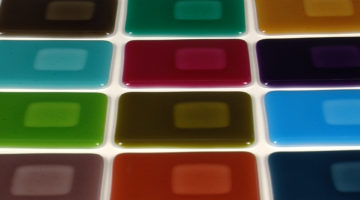
In this lesson, you'll create a fused, slumped plate with diluted areas in the design.
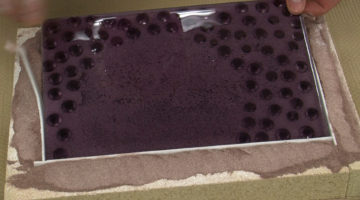
This lesson covers the range of textures one can achieve by firing on a sand bed, offering a unique and distinctive design vocabulary.
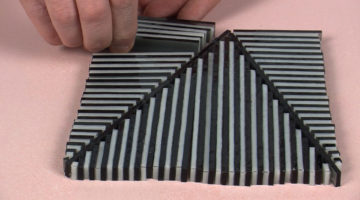
In this lesson you will learn tips for cutting and composing with glass strips, as well as some special effects you can achieve with on-edge construction.
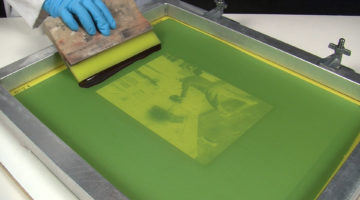
In Part 2 of the lesson, you will learn how to work safely with enamels, print your image onto the glass, fire the glass, and clean up or recycle materials when finished.